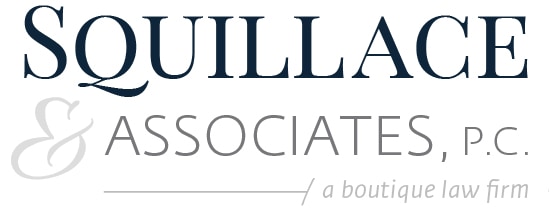You’ll no doubt go through the normal emotions – surprise, indignation, anger, frustration, and even depression. Being sued gives rise to the legitimate fear that you could lose all or at least a substantial part of your assets.
In these difficult economic times, as liability claims and litigation rates continue to rise, an increasing number of advisors and their clients, especially business owners and professionals, consider employing asset protection strategies to protect those things for which they have worked so hard.
The primary goal of Asset Protection Planning is to provide peace of mind if disaster strikes. Asset protection strategies are generally not designed to control all of your assets, nor are they used to avoid taxes.
Rather, they are designed to take a certain portion of your wealth and protect it with legal structures that are likely to frustrate the efforts of future creditors. It is sometimes referred to as nest egg protection.
It is not designed to shield assets that are needed for short-term or mid-term financial needs. Rather, the goal is to provide assurance that at least part of your wealth is beyond the reach of creditors, and that you have the resources with which to rebuild in the worst case scenario.
Other goals of asset protection planning include:
- Taking the decision out of the hands of local judges
- Allowing lawsuits to be tried and heard by a jury
- Allowing the negotiation of favorable settlements
- Allowing long-term planning
- Avoiding having one lawsuit ruin your life and the life of your family
- Allowing discovery of assets but having those assets protected
- Allowing the professional to continue to practice
In today’s litigious society, there is virtually no way to anticipate how your assets or the assets of your clients may be exposed to potential creditors. If you own a business, or practice a profession (medical, legal, accounting, engineering, or architecture), it is impossible to foresee the financial pitfalls that lie ahead.
Even though many businesses are operated as corporations or limited liability companies (which traditionally offer protection from business debts), there is a growing trend toward attaching certain business liabilities to the business owner. For example, certain tax obligations can attach to the business owner, as well as liability for sexual harassment lawsuits, even if the unlawful acts were committed by a non-owner employee. In addition, several environmental regulations routinely impute liability to the business owner.
Although most business owners and professionals are careful and diligent about how they operate, we simply cannot ignore the wide variety of risks to which all of us are exposed. Years of hard work to build for retirement and improve your family’s life could be wiped out by the banging of the gavel. For that reason alone, it makes sense to learn more about asset protection planning, and decide if any of these strategies are appropriate for your clients.
